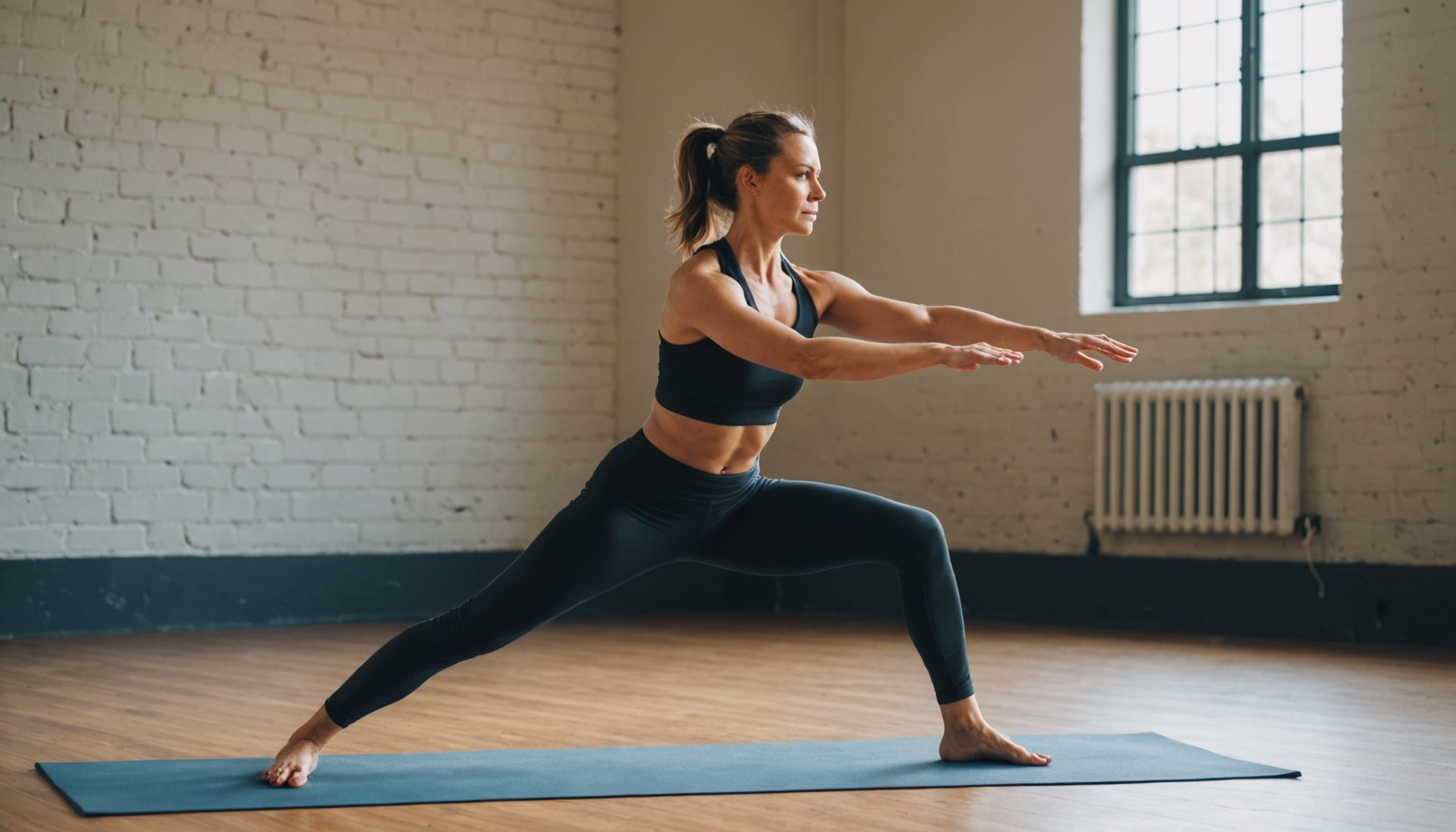Fighters, whether engaged in martial arts, MMA, or boxing, are continually seeking ways to enhance their performance and maintain balance in their training. While strength and conditioning are core components of any effective regimen, incorporating elements like yoga into practice can offer profound benefits. It is not merely the act of stretching that makes yoga valuable; it is the cultivation of flexibility, mental focus, and a deeper understanding of the body. This article explores how fighters can effectively integrate yoga into their programs to help improve their flexibility, balance, and overall strength.
Understanding the Role of Flexibility in Combat Sports
Flexibility is often underestimated in combat sports, overshadowed by the emphasis on power and agility. However, it plays a pivotal role in enhancing a fighter’s performance and reducing the risk of injury.
Topic to read : What are the signs of overtraining, and how can fighters recognize them?
Incorporating flexibility training into a standard workout can provide fighters with a wider range of motion and control over their movements. A flexible fighter is not only capable of executing techniques with precision but can also better withstand the physical demands of the ring or mat.
While traditional martial training involves dynamic and static stretches, yoga introduces a holistic approach to flexibility. Unlike conventional stretches, yoga focuses on elongating the muscles while simultaneously engaging the core, leading to functional flexibility that mirrors the needs of fighters. By practicing various poses, athletes can improve their muscle elasticity, allowing for smoother transitions between movements and a heightened awareness of their body’s limits and capabilities.
Also to read : What role does sparring play in the development of a successful combat athlete?
Integrating Yoga Poses into Training for Enhanced Performance
Yoga isn’t just about touching your toes or achieving extreme poses. For fighters, it’s a functional tool that can be seamlessly integrated into their existing training. Specific poses can aid in improving posture, balance, and core strength—qualities essential in combat sports.
Downward Dog: This foundational yoga pose can strengthen the arms, shoulders, and legs while providing a deep stretch to the spine and hamstrings. The pose encourages fighters to shift their focus from brute force to balance, teaching them to distribute their weight evenly and hone their muscular endurance.
Warrior II: Building stamina and strength in the lower body, Warrior II offers fighters a chance to open their hips and chest, promoting greater lung capacity and stability in their stance. This pose also encourages mental focus, vital during intense training and bouts.
Plank Pose: A staple for core strength, the plank is essential for fighters. Holding this pose can improve core stability, crucial for maintaining balance during quick strikes and defensive maneuvers.
By integrating these poses regularly, fighters can witness tangible improvements in their technique and mental fortitude.
The Psychological Edge: Yoga’s Impact on Mental Resilience
The mental component of combat sports is as crucial as the physical. Fighters must possess not only physical strength but also strong mental resilience to face their opponents effectively. Yoga, often regarded as a holistic practice, aids in cultivating this mental fortitude by promoting mindfulness and focus.
The practice of yoga encourages fighters to be present, enhancing their ability to remain calm and composed under pressure. This heightened state of awareness can lead to better decision-making during matches, allowing fighters to read their opponents and predict moves with greater accuracy.
Furthermore, the controlled breathing techniques practiced in yoga can be a valuable tool. Breathing is the bridge between the mind and the body, and mastering it can help fighters stay grounded, manage stress, and maintain energy levels during intense bouts.
By integrating yoga into their routine, fighters gain not just physical advantages but a psychological edge, enabling them to approach their sport with a more balanced and confident mindset.
Creating a Balanced Training Regimen with Yoga
Integrating yoga into a fighter’s routine doesn’t mean overhauling their entire training regimen. Instead, consider yoga as a complementary practice that can be tailored to fit individual needs and goals.
-
Identify Needs: Before jumping into yoga, determine what aspects of your training or performance require improvement. Whether it’s enhancing flexibility, reducing recovery time, or building mental fortitude, understanding these needs will guide the selection of appropriate yoga poses.
-
Consistency is Key: Consistency trumps intensity when it comes to yoga practice. Short, regular sessions can be more beneficial than sporadic long ones. Aim for 20-30 minute sessions multiple times a week to see noticeable improvements in flexibility and balance.
-
Customize Practices: Each fighter’s body is different, and their yoga practice should reflect that. Customizing poses based on personal flexibility and strength levels ensures safety and maximizes benefits.
-
Rest and Recovery: Use yoga as a tool for recovery. Gentle practices can aid in muscle relaxation and mental decompression, helping fighters recover more effectively post-training or after a match.
Incorporating yoga into a training regimen can provide fighters with a comprehensive approach to their sport, balancing strength and flexibility while nurturing their mental resilience.
In the realm of combat sports, where strength, speed, and agility are often prioritized, integrating yoga into a fighter’s routine can serve as a game-changer. Yoga provides fighters with tools to improve flexibility, refine balance, and build mental resilience. By embracing yoga as part of their training regimen, fighters can unlock a new dimension of performance, transforming their approach to their sport and enhancing their overall well-being. The practice of yoga is not a replacement but a powerful ally in the quest for martial excellence, offering benefits that transcend the physical and penetrate the core of what it means to be a fighter.











